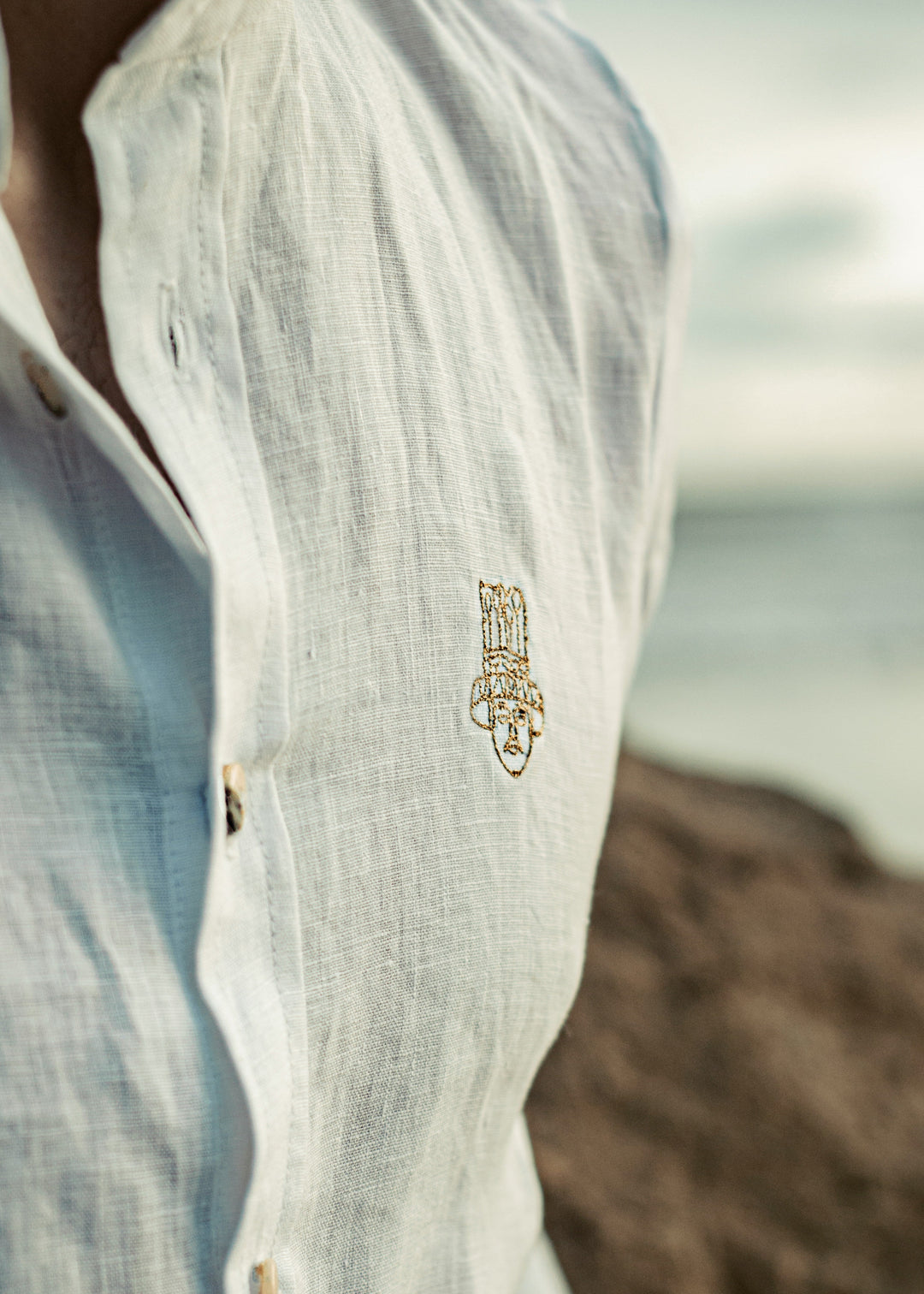Everything You Need to Know About Linen Fabric
Introduction:
Linen is one of the oldest and most beloved fabrics in the world. It is known for its durability, breathability, and natural texture. Whether you are looking for comfortable summer clothing or stylish home textiles, linen is a fantastic choice. In this blog, we will explore everything you need to know about linen fabric, from its origins to its unique qualities and practical uses.

Origins of Linen :

Linen is derived from the flax plant (Linum usitatissimum), a plant that has been cultivated for thousands of years. The earliest records of linen use date back to ancient Egypt, around 4,000 BCE. Egyptians valued linen for its lightweight, breathable quality and used it for clothing, burial shrouds, and even currency. The plant thrives in cooler climates, particularly in regions such as Europe, where it remains a significant crop today.
The Discovery and Early Uses of Linen :
 Archaeological evidence suggests that linen was one of the first textiles woven by humans. Fragments found in ancient settlements reveal that people used flax fibers to create durable and comfortable fabrics. Ancient Egyptians perfected the art of linen weaving, making garments that were not only practical but also luxurious, reserved for priests and royalty. Linen was also a symbol of purity and wealth.
Archaeological evidence suggests that linen was one of the first textiles woven by humans. Fragments found in ancient settlements reveal that people used flax fibers to create durable and comfortable fabrics. Ancient Egyptians perfected the art of linen weaving, making garments that were not only practical but also luxurious, reserved for priests and royalty. Linen was also a symbol of purity and wealth.
The Evolution of Linen Production:
During the Middle Ages, linen production spread across Europe, especially in Ireland, France, and Belgium. These regions developed advanced spinning and weaving techniques, resulting in finer, smoother linen fabrics. By the 17th and 18th centuries, linen became a staple of European households, used for clothing, bed linens, and tablecloths.
The Industrial Revolution and Linen:
The Industrial Revolution marked a significant shift in linen production. Mechanized spinning and weaving made linen more accessible and affordable. However, with the rise of cotton, which was easier to produce and softer to the touch, linen’s popularity waned in the 19th and early 20th centuries. Despite this, linen remained favored for its strength, especially in regions where flax cultivation was prominent.
Linen in the Modern Era:
Today, linen has made a comeback as a sustainable and stylish fabric. Modern linen production has embraced eco-friendly practices, as flax requires less water and pesticides compared to cotton. Countries like Belgium, France, and Ireland continue to be leaders in high-quality linen production. Linen is now celebrated for its rustic charm, natural texture, and versatility.
Why Is Linen So Popular?
-
Breathability: Linen allows air to pass through, making it perfect for hot and humid climates.
-
Absorbency: It can absorb up to 20% of its weight in moisture before feeling damp, which helps keep you cool.
-
Durability: Linen is strong and long-lasting, often becoming softer with each wash.
-
Natural Look: It has a distinct, slightly wrinkled texture that adds a rustic charm.
-
Eco-Friendly: Linen production has a lower environmental impact compared to cotton or synthetic fibers.
Uses of Linen Fabric
-
Clothing: Linen shirts, dresses, and pants are especially popular in the summer.
-
Home Textiles: Linen is used in bedding, curtains, and tablecloths due to its comfort and durability.
-
Accessories: Scarves, bags, and even shoes made from linen are gaining popularity.
-
Decor: Linen upholstery and cushions add an earthy, natural feel to home decor.
Caring for Linen
-
Washing: Machine wash in lukewarm or cold water to maintain softness.
-
Drying: Air drying is recommended, but you can use a low heat setting if necessary.
-
Ironing: If you prefer a smoother look, iron linen when it is slightly damp.
-
Storage: Store in a cool, dry place to avoid mildew.
Is Linen Right for You? Linen is perfect if you appreciate natural, breathable, and eco-friendly fabrics. While it may wrinkle more than other textiles, many people love this natural characteristic. Plus, it only gets better with age!
Linen fabric is a timeless and versatile choice for clothing and home decor. Its natural feel and sustainability make it a favorite for those who value quality and comfort. Whether you are looking to upgrade your wardrobe or add a rustic touch to your living space, linen is a great investment.
Thank you for reading! We hope this guide helps you appreciate the charm and practicality of linen fabric.


